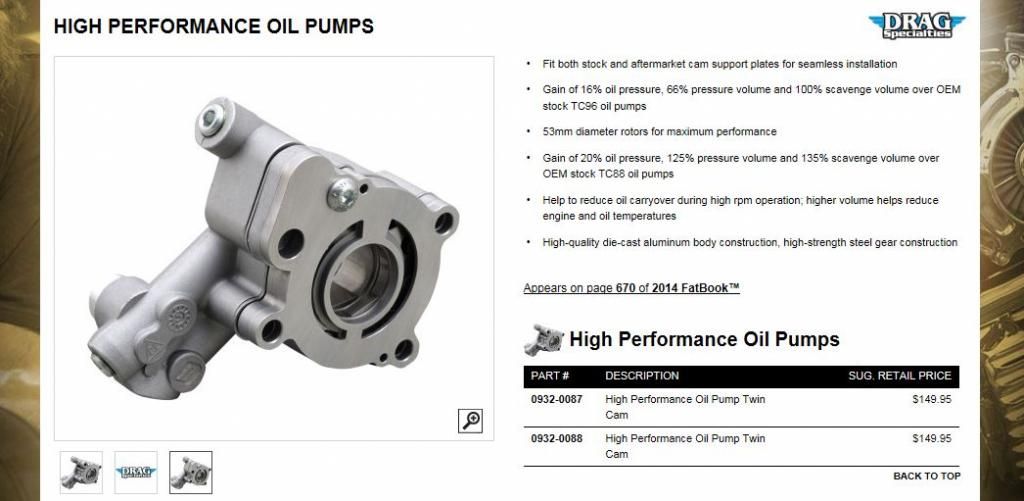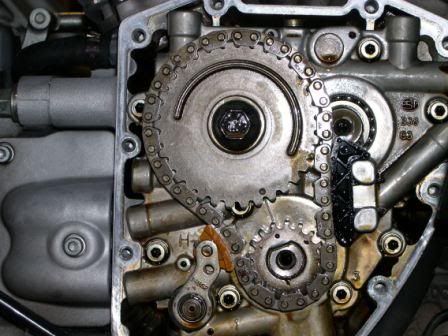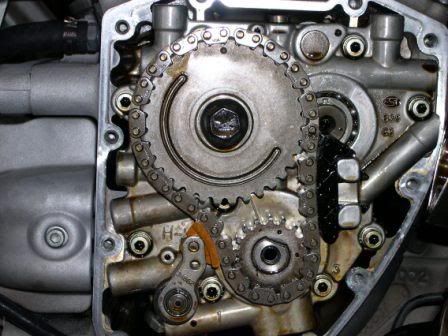Totally agree with Jeff; sounds like the previous owner saw the writing on th wall and traded rather than repair and also agree that you need to get the motor healthy again before planning any performance upgrades.
Here is my take on your situation and what I would do. As I see it you have two options.
1. Take the bike back to the dealer if you purchased from a dealer and try to work some kind of a deal; they sold you damaged goods.
2. Bite the bullet and repair; sounds like that is the path you are on. So, let's revisit the compression test first; both cylinders are reading too low and the variance from one to the other is at the max. I want to verify that the compression test was done properly before chiming in.
Is the bike carbureted or fuel injected? If the bike is carbureted, you would have to remove the carb from the boot to get accurate readings since the carb slide is vacuum operated and would not open at WOT with a "dead" motor. If carbureted, pull the compression test again, properly with carb removed from boot and you will see higher readings. A stock TC88 with the top end in good condition should see 160ish psi.
So, for a moment let's assume the worst, the compression readings are accurate. It's time to refresh the top end with cylinder boring and new pistons and rings. However, before you tear into the motor, contact Blackstone and get their oil sample kit and send them an oil sample. Additionally, consider purchasing the Roque Chopper complete oil change kit and do a complete oil change before you disassemble the motor which will get most of the metal contaminated oil out of the motor. No need for expensive oil and for the cost of the oil, you might do two complete oil changes. Get a couple of those gallon jugs of Shell Rotella 15W40 and follow the instructions that come with the kit; there are also instructional videos on their website.
While your cylinders are being bored and pistons fitted, you can address the cam chest and replace the OEM tensioners with the CYCO units. I would also recommend replacing the oil pump with the Drag Specialties higher capacity pump; it will cost about half what the OEM replacement pump will cost. Best to use the OEM cam chains as they have been "polished" with 56K miles of use.

You can use the cam timing marks to set piston at TDC as shown in the below photos. First photo is the cam timing positions for TDC on the rear cylinder which is commonly the #1 cylinder; the second photo is similar for the front (#2) cylinder. Or you can simply rotate the rear wheel with plugs removed and when you hear the compression whoosh from the cylinder you are working on, you know that piston is coming up on the compression stroke. You can insert a straw or something similar into the plug hole and watch the piston move up, down and through TDC. For future reference, pushrod adjustment must be done with piston at TDC on the compression stroke to insure both valves are closed.


I would not recommend port/polish heads as a DIY project. Bean at BigBoyz offers a "street" port job for $299, very good work for what it is and reasonably priced. Machine work such as boring cylinders, decking heads and drilling/fitting compression releases will add to the cost. Bean does a good job, still hand ports AFAIK. He retains the stock valves/springs, ports intake and exhaust, new guide seals and valve job.
Pick a set of torque cams and have Bean work your heads around the cam set, put the motor back together and it will be a different bike. Once running and after the first oil change at 100 miles, collect another oil sample and send to Blackstone so you can compare the before/after reports.
We have addressed everything but the knocking which could piston slap but could also be a small or big end rod bearing; let's hope not because that puts you in big bucks territory for the repair. However, you will have to check that out. It would be unfortunate to build a nice 95" motor only to fire it up and hear that knocking again.:shock


